Disclosure: This article contains affiliate links. We may earn a commission from purchases at no extra cost to you, which helps our travel content.
The morning sun casts long shadows across Plaza Mayor as I sip my third café pasado of the day, watching Lima awaken around me. Colonial architecture gleams against the winter sky, a beautiful contradiction to the misty garúa season that blankets the city from June to October. As someone who has traversed temple complexes across Asia and run marathons through historic cities worldwide, I've developed a particular fondness for Peru's capital—a metropolis where pre-Columbian history, Spanish colonial influence, and contemporary Peruvian culture create a fascinating urban tapestry. Lima challenges the solo female traveler in ways both expected and surprising, but with proper preparation and cultural awareness, it offers rewards that extend far beyond the typical tourist experience. Having just returned from my fourth research visit to coordinate an academic exchange program, I'm eager to share how women traveling alone can navigate this vibrant capital with confidence, curiosity, and cultural sensitivity.
Navigating Lima's Diverse Neighborhoods Safely
Lima isn't a singular experience but rather a collection of distinct districts, each with its own character and safety considerations. After multiple visits combining academic work with personal exploration, I've developed a mental map that serves me well as a woman traveling alone.
Miraflores remains the gold standard for solo female travelers seeking a comfortable base. Its well-lit streets, visible police presence, and pedestrian-friendly infrastructure make evening walks along the malecón (seafront promenade) both safe and spectacular. I've spent countless evenings watching paragliders drift above the Pacific cliffs while families and joggers create a reassuring backdrop of local life.
Barranco offers a more bohemian alternative with its artistic atmosphere and colonial architecture. While generally safe during daylight and early evening, I recommend using rideshare apps rather than walking alone after 10 pm, particularly when returning from its popular bars and music venues.
The historic center (Centro Histórico) demands a different approach. Its magnificent colonial architecture and museums are best explored during daylight hours. On my most recent visit, I joined a walking tour led by a local architectural historian, which provided both safety in numbers and deeper insights into the UNESCO World Heritage site's significance.
San Isidro provides an elegant, upscale experience with its manicured parks and diplomatic presence. The ancient Huaca Huallamarca pyramid sitting incongruously among modern high-rises offers a perfect metaphor for Lima's layered identity—and makes for a fascinating afternoon visit with minimal safety concerns.
I generally avoid Callao and La Victoria as a solo traveler, despite their cultural significance. When my research has taken me to these areas, I've always arranged to go with local colleagues or guides who understand the nuanced geography of safe and unsafe streets.
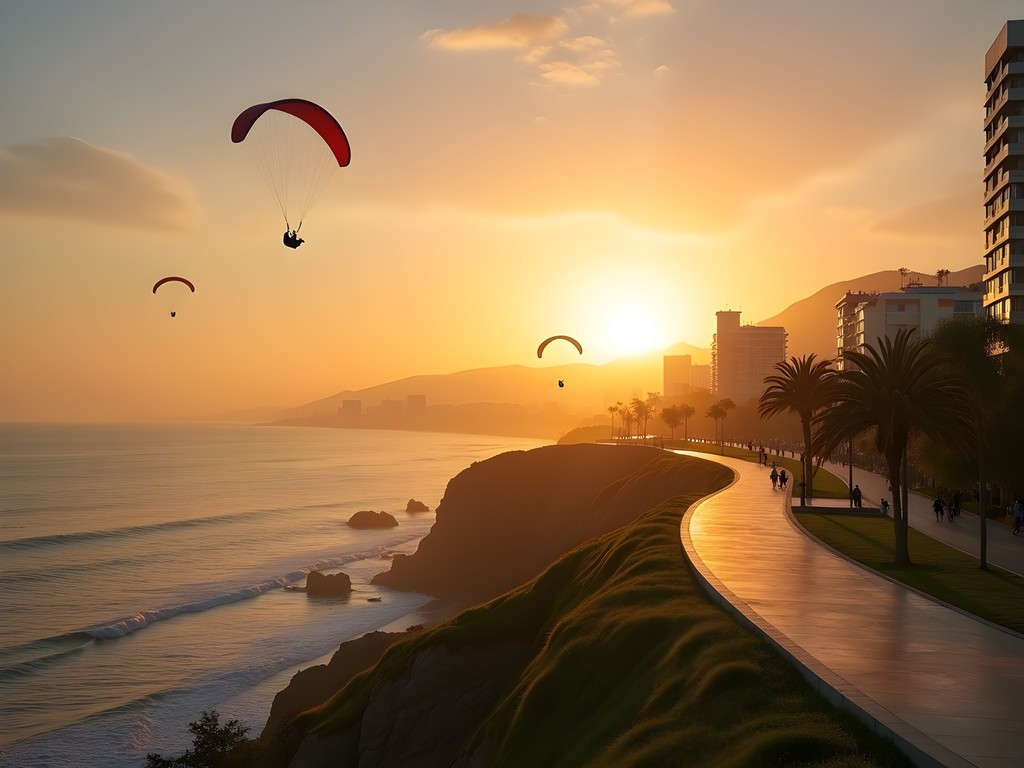
💡 Pro Tips
- Use the official TAXIDATUM stands at the airport for your initial transfer into the city
- Download Beat and Uber apps before arrival for reliable transportation between districts
- Carry a photocopy of your passport rather than the original when exploring the city
Transportation Strategies for Peace of Mind
Transportation decisions significantly impact a solo female traveler's experience in Lima. After several visits navigating this sprawling metropolis, I've refined my approach to moving about safely and efficiently.
The journey begins at Jorge Chávez International Airport, where I've learned to bypass the chaotic taxi touts and head directly to the official TAXIDATUM stands inside the terminal. While slightly more expensive, the security of a registered service with tracked vehicles justifies the additional cost. For longer stays, I pre-arrange airport pickup through my accommodation.
Within the city, I rely heavily on rideshare apps like Beat and Uber. These services provide several advantages: transparent pricing (eliminating negotiation), GPS tracking (which friends or family can monitor), driver identification, and the convenience of not needing cash. I've found Beat particularly useful as it tends to have more vehicles available during peak hours.
Lima's Metropolitano bus rapid transit system offers an efficient option for north-south travel along its main corridor. During my last research trip, I used it regularly during daylight hours, finding it both economical and relatively comfortable. The prepaid card system eliminates the need to carry small change, though be prepared for significant crowding during rush hours.
For my explorations of the historic center, I've discovered that the traditional combis (small buses) require more local knowledge than most short-term visitors possess. Instead, I opt for guided walking tours or rideshare services to specific destinations.
When packing for Lima, I always include my anti-theft crossbody bag, which has proven invaluable. Its slash-resistant construction, RFID-blocking technology, and locking compartments provide peace of mind, particularly when navigating crowded markets or using public transportation.
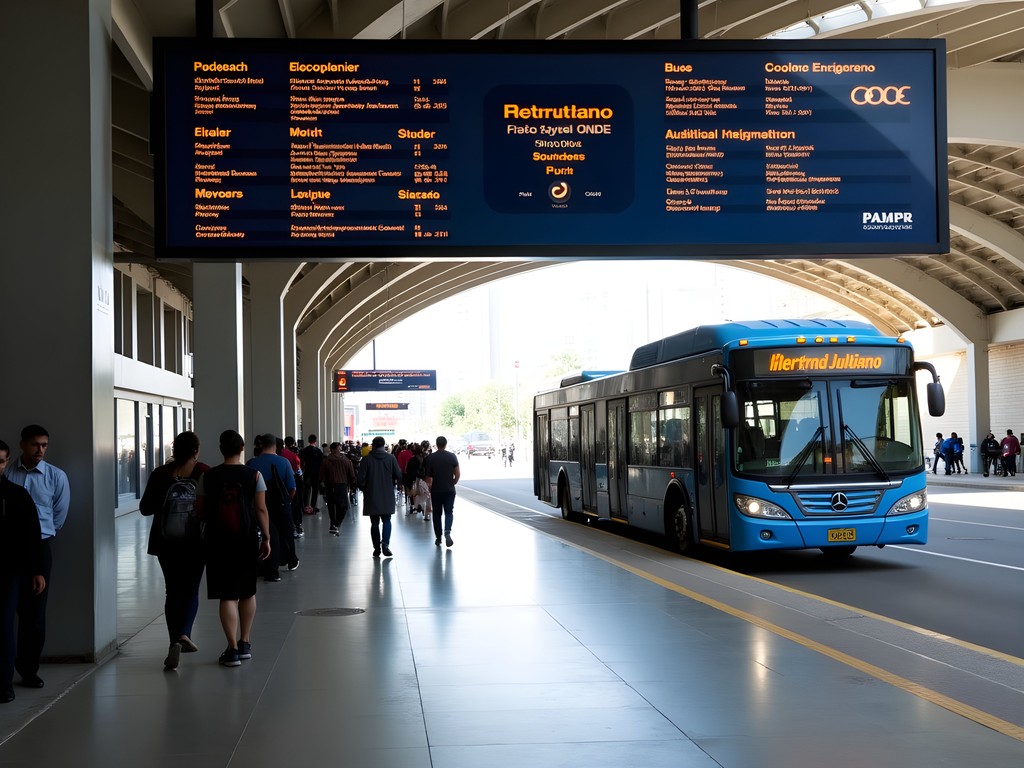
💡 Pro Tips
- Save your accommodation's address in Spanish in your phone for easy reference with drivers
- Consider purchasing a local SIM card for reliable maps and rideshare app access
- Use the Metropolitano bus system primarily during daylight hours
Cultural Immersion Through Gastronomy
Lima's reputation as South America's gastronomic capital is well-earned, offering solo female travelers a delicious pathway to cultural understanding. As someone who believes that food reveals the soul of a place, I've made culinary exploration central to each of my Lima visits.
For solo dining, I find that lunch offers the most comfortable experience. The Peruvian almuerzo (set lunch menu) provides exceptional value while allowing you to sample local specialties in a relaxed atmosphere. Miraflores and Barranco are filled with restaurants where women dining alone are a common sight, particularly at lunch counters and casual cafés.
Food markets offer another window into authentic Limeño life. Mercado Surquillo No. 1 near Miraflores remains my favorite for its vibrant atmosphere and food stalls. On my last visit, I joined a small cooking class that began with market shopping and ended with preparing our own ceviche and causa limeña—an experience that connected me with both local ingredients and fellow travelers.
For evening dining as a solo female traveler, I gravitate toward restaurants with bar seating or communal tables. The gastronomic complex at Larcomar in Miraflores offers ocean views and a secure environment, while the restaurants along Barranco's main plaza provide people-watching opportunities in a well-lit public space.
Peru's coffee culture deserves special mention. As someone who often works remotely while traveling, I've discovered several café gems with reliable Wi-Fi, including Café Verde in Miraflores and Tostaduria Bisetti in Barranco. These spaces welcome patrons who linger with laptops and offer a perfect vantage point for observing local life.
For food tours, I highly recommend investing in a food tour guidebook which helped me discover hidden gems beyond the tourist circuit. This comprehensive resource pointed me toward neighborhood huariques (hole-in-the-wall eateries) where I enjoyed some of my most memorable meals in Lima.
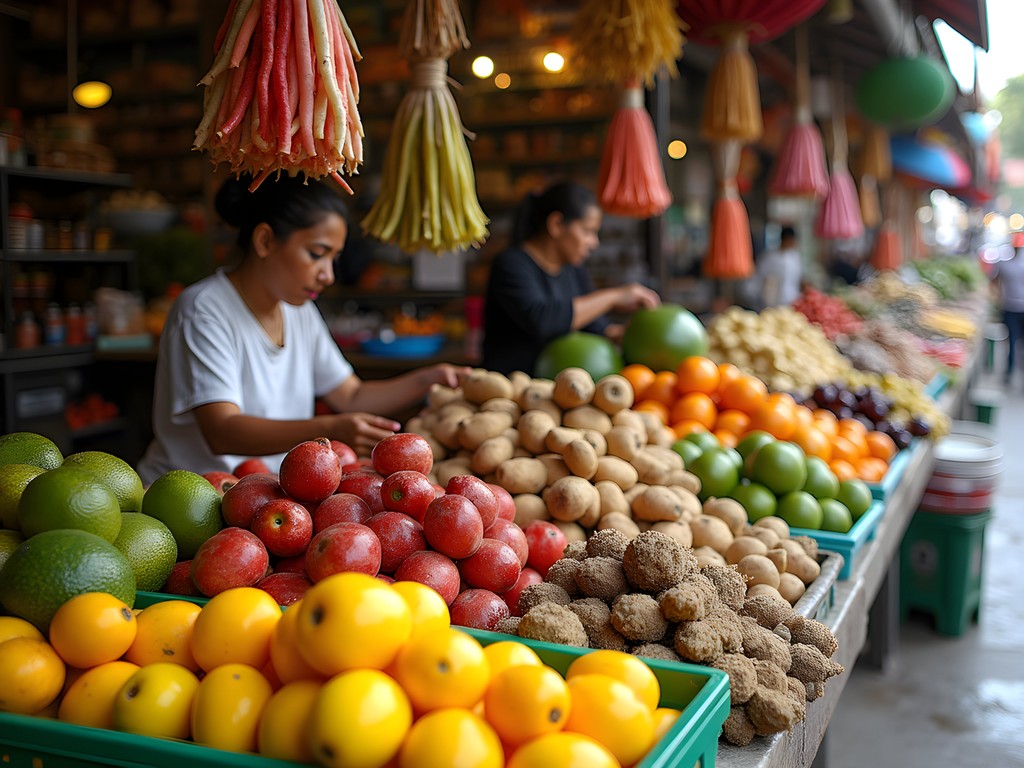
💡 Pro Tips
- Look for restaurants offering 'almuerzo ejecutivo' for the best midday value
- When dining solo in the evening, choose restaurants with bar seating or communal tables
- Try a morning cooking class that includes market shopping for an immersive cultural experience
Museum Treasures and Cultural Contexts
As an academic with a background in cultural studies, Lima's museums offer me intellectual nourishment that rivals its culinary scene. The city houses world-class collections that provide crucial context for understanding Peru's complex history—context that enhances safety by deepening cultural awareness.
The Larco Museum remains my intellectual anchor in Lima. Housed in an 18th-century viceregal mansion, its chronologically arranged pre-Columbian art collection illuminates 5,000 years of Peruvian history. The museum's garden café provides a tranquil space for solo reflection, while its famous erotic pottery gallery offers fascinating insights into ancient attitudes toward sexuality and fertility. As a woman traveling alone, I appreciate the museum's excellent security, well-trained guides, and comfortable atmosphere.
The MALI (Museo de Arte de Lima) in the historic center requires more situational awareness regarding its location, but rewards visitors with an outstanding collection spanning pre-Columbian to contemporary Peruvian art. I typically visit mid-morning on weekdays to avoid crowds and ensure easy transportation options afterward.
For those interested in Peru's more recent history, the Place of Memory, Tolerance and Social Inclusion (LUM) provides a moving examination of the country's period of internal conflict from 1980-2000. This museum feels particularly relevant for understanding contemporary Peruvian society and the resilience that characterizes its people.
When visiting museums, I always bring my portable power bank to ensure my phone remains charged for navigation and photography. Lima's museums often allow non-flash photography, and documenting collections has proven valuable for my academic work and personal reference.
Many museums offer excellent English-language guided tours, which I recommend not only for deeper understanding but also for the added security of being part of a group. The Larco Museum, in particular, provides insightful guided experiences that connect artifacts to broader cultural narratives.
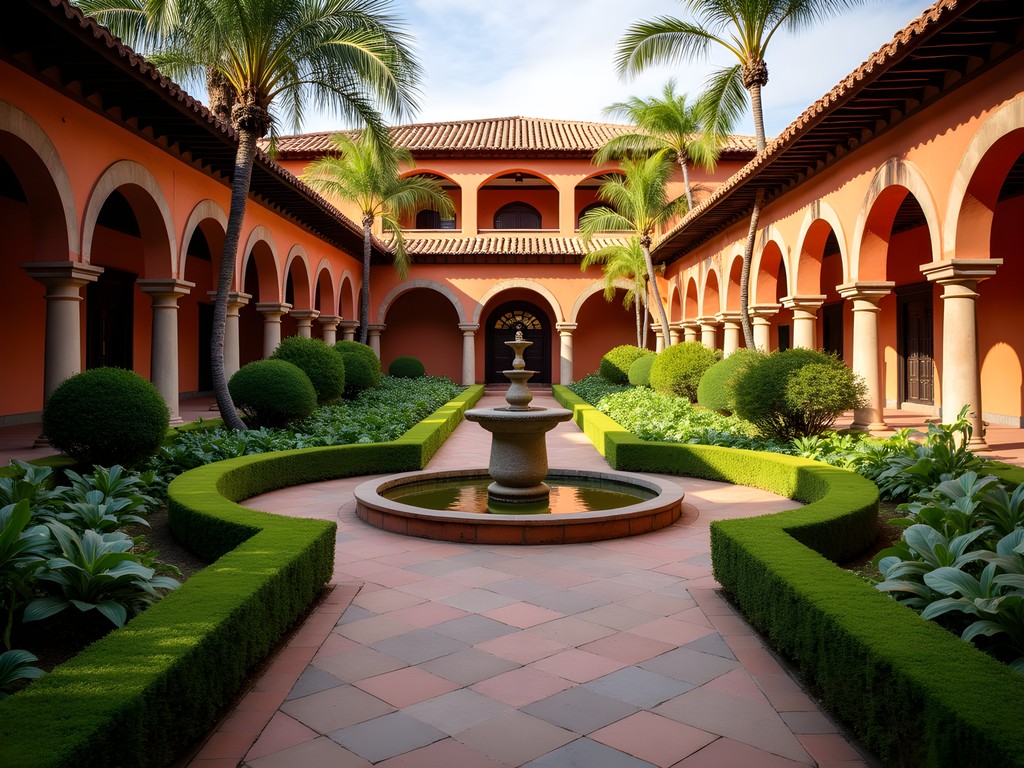
💡 Pro Tips
- Visit museums early in the day when they're less crowded and you have more energy
- Check museum websites for English-language tour times before planning your visit
- Most museums are closed on Mondays; plan accordingly
Day Trips and Extended Explorations
While Lima deserves dedicated attention, its surrounding region offers rewarding day trips that provide context and contrast to the urban experience. For solo female travelers concerned about safety, organized day tours provide an ideal balance of adventure and security.
Pachacamac, just 31km southeast of Lima, has become my favorite archaeological escape from the city. This vast pre-Inca and Inca religious complex sprawls across a desert landscape with minimal crowds compared to Peru's more famous sites. During my last visit, I joined a small group tour that combined Pachacamac with the nearby Barranco district, providing a perfect balance of ancient and colonial history. The site's Temple of the Sun offers stunning views across the coastal landscape and a peaceful alternative to Lima's urban energy.
The Palomino Islands present another compelling day trip option. These small islands off Lima's coast host large sea lion colonies and offer opportunities for wildlife viewing and, for the adventurous, swimming with sea lions. I selected a reputable tour operator with excellent safety protocols, comfortable boats, and knowledgeable marine biologists as guides. The experience of gliding through the water while curious sea lions investigated our small swimming group remains one of my most joyful Peruvian memories.
For those with interests in viticulture, the Ica Valley and its famous pisco distilleries make for a fascinating—albeit long—day trip. The journey takes approximately four hours each way, so I opted to join an organized tour rather than navigate public transportation. The travel daypack proved perfect for this excursion, with enough room for essentials while remaining lightweight and comfortable during vineyard walks.
The ancient city of Caral, recognized as the oldest civilization in the Americas, requires a full day commitment but rewards visitors with remarkable 5,000-year-old pyramids in a hauntingly beautiful desert setting. As this site involves more complex transportation, joining a reputable tour with an archaeological focus enhanced both my safety and understanding.

💡 Pro Tips
- Book day trips through your accommodation or established agencies rather than from street vendors
- For Pachacamac, visit early morning to avoid midday heat and crowds
- Bring motion sickness medication if you're prone to seasickness for the Palomino Islands boat trip
Final Thoughts
As winter's garúa mist blankets Lima in ethereal gray, I find myself already planning my return. This complex capital rewards the patient, curious solo female traveler with layers of experience that extend far beyond the typical Peruvian itinerary. By approaching Lima with informed caution rather than fear, women traveling alone can discover a city of remarkable contrasts—where pre-Columbian temples stand in the shadow of skyscrapers, where world-class gastronomy emerges from humble traditions, and where the Pacific coastline provides a constant backdrop to urban exploration. Lima has taught me that safety comes not just from following practical precautions but from deeper cultural engagement and understanding. Whether you're visiting for academic purposes like myself or purely for pleasure, this vibrant capital invites you to look beyond its sometimes gritty exterior to discover the warm, complex soul of coastal Peru. ¡Buen viaje!
✨ Key Takeaways
- Base yourself in Miraflores or Barranco for the safest solo female travel experience
- Use registered transportation services and rideshare apps rather than hailing street taxis
- Lima's gastronomic scene offers excellent opportunities for comfortable solo dining
- Museum visits provide crucial cultural context that enhances both safety and understanding
📋 Practical Information
Best Time to Visit
May-September (winter)
Budget Estimate
$75-150 USD per day
Recommended Duration
4-7 days
Difficulty Level
Moderate

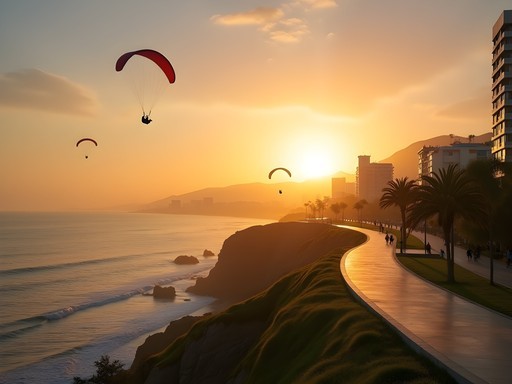
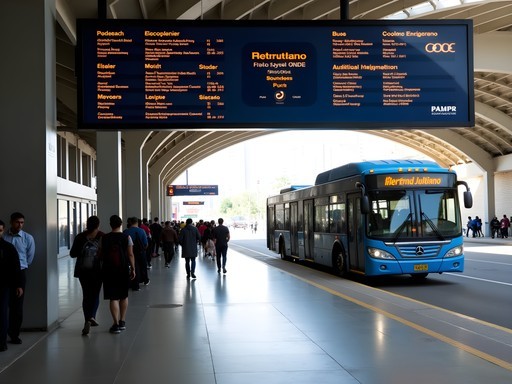
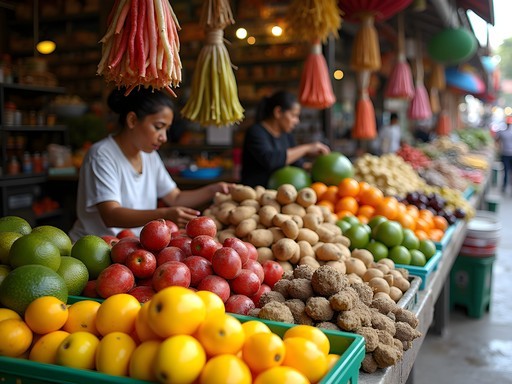
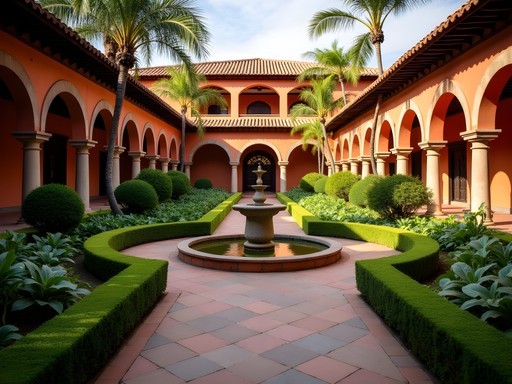
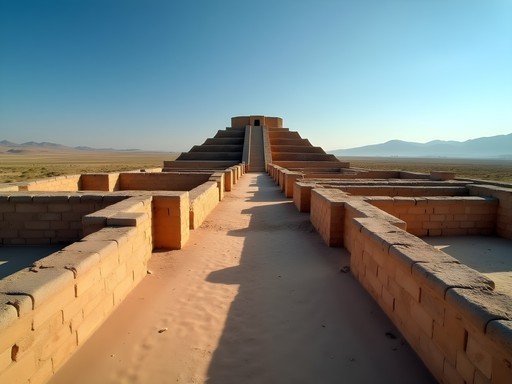


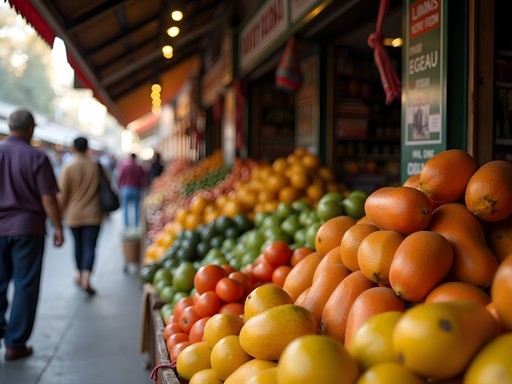

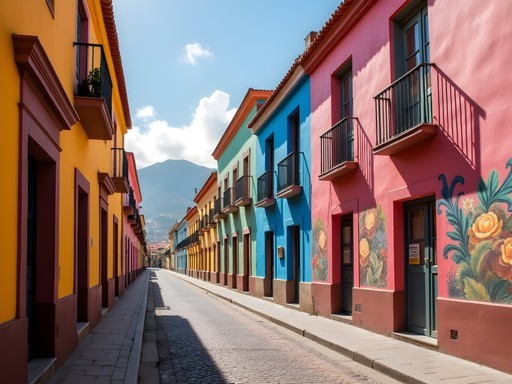
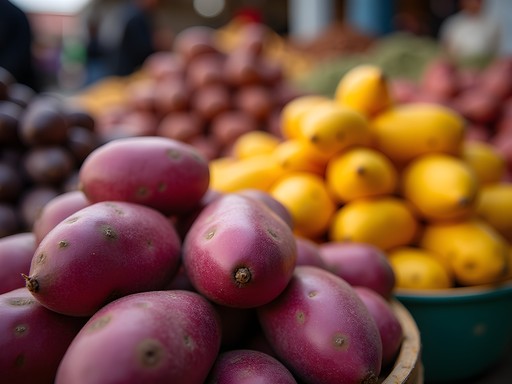


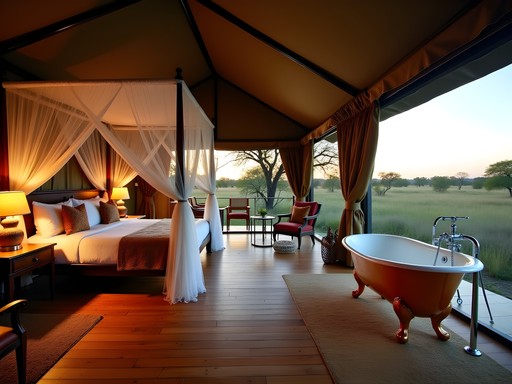

Comments
happyone4353
Going to Lima next month! How did you handle the transportation situation at night? Safe to use Uber?
Ariana Ahmad
Hi there! Yes, I found Uber to be reliable and safe in Lima, especially at night. Just make sure to verify the license plate before getting in, as you would anywhere. Another good option is Cabify - sometimes even better service than Uber there. Enjoy your trip!
happyone4353
Thanks so much for the quick reply! Will definitely download Cabify too. Can't wait to try all the food spots you mentioned!
dreammood
This guide is exactly what I needed! I visited Lima last year and wish I had these neighborhood tips beforehand. Barranco was definitely my favorite area - so artsy and colorful! I stayed at a hostel there and felt completely safe walking around during the day. The clifftop walk at sunset is magical. Did anyone else find the Miraflores area a bit too touristy though?
Marco Flores
Miraflores is definitely more commercial, but I actually love the mix there! The paragliding over the coastline is worth the touristy vibe. Did you try any cevicherías in Barranco? I found some hidden gems away from the main square.
dreammood
Yes! There was this tiny place called El Muelle that had amazing ceviche. No English menu but the staff was super friendly. Definitely off the tourist path!
roamfan
Those photos of the ceviche made my mouth water! Best food city in South America hands down!
Bryce Diaz
Fantastic breakdown of Lima's neighborhoods, Ariana! Your safety tips brought me back to my own time navigating those misty winter streets. One thing I'd add for solo female travelers - the free walking tours that start in Plaza Mayor are not only informative but a great way to get oriented with other travelers around. I still remember my guide Claudia pointing out hidden architectural details I would have completely missed on my own. Also, for anyone worried about the language barrier, I found my pocket translator invaluable when negotiating with taxi drivers or ordering in local spots where the menus were Spanish-only. Worth every penny for the peace of mind!
Ariana Ahmad
Great tip about the walking tours, Bryce! I did one in Barranco and it was fantastic for getting the local history and meeting other travelers.
escapequeen
Great post! I'm planning a trip to Peru next year and wondering about the winter weather in Lima. How cold does it actually get? Also, did you feel safe using Uber there? I've heard mixed things about transportation safety.
roamfan
Not the author but I was there in July! Lima winter isn't cold like North America - more like cool, damp, and misty. I lived in Ubers the whole time and felt totally safe.
Ariana Ahmad
What @roamfan said! Lima winter (June-September) is mild but that coastal mist can make it feel chillier than the actual temperature. Pack layers! And yes, I found Uber very reliable - just make sure the license plate matches before getting in.
Ana Ahmad
Excellent guide, Ariana! As someone who's visited Lima multiple times, I'd add that the changing of the guard ceremony at the Government Palace (daily at noon) is worth seeing. For those concerned about safety, I've found that learning basic Spanish phrases goes a long way - locals appreciate the effort and are more likely to help if you're lost or need assistance. The Museo de Arte de Lima (MALI) often gets overlooked but has an outstanding collection spanning 3,000 years of Peruvian history. And a practical tip: carry small bills for markets and street food vendors, as they rarely have change for larger denominations. Lima's culinary scene truly is world-class - don't leave without trying anticuchos from a street vendor in Barranco!
Ariana Ahmad
Thanks for these fantastic additions, Ana! You're absolutely right about learning basic Spanish - it made such a difference in my experience. And yes to MALI! I should have mentioned it. Those anticuchos in Barranco are indeed unmissable!
oceanrider
I was in Lima last year as a solo female traveler and totally agree with your neighborhood breakdown! Miraflores felt super safe even at night, but I wish I'd spent more time in Barranco - such cool street art and those cute little cafes! Did you try the Metropolitan bus system? I found it confusing at first but way cheaper than constantly using taxis.
islandmate
This is exactly what I needed! Heading to Lima next month as a solo traveler and was feeling nervous. Bookmarking this!
Ariana Ahmad
So glad you found it helpful! Feel free to DM me if you have any specific questions about neighborhoods or restaurants!
islandmate
Thanks! Any specific coffee shops in Barranco you'd recommend?
Ariana Ahmad
Definitely try Bisetti - amazing coffee and the perfect people-watching spot!
journeymaster
Pro tip: learn basic Spanish phrases before going. Makes a huge difference.
greenway
Did you feel safe using Uber in Lima? I've heard mixed things.
Ariana Ahmad
I found Uber to be reliable and safe in Lima, especially for evening trips. Just make sure to verify the driver's info before getting in, as you would anywhere. The app's tracking feature gave me extra peace of mind as a solo female traveler.
Venture X
Premium card with 2X miles, $300 travel credit, Priority Pass